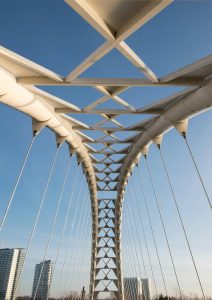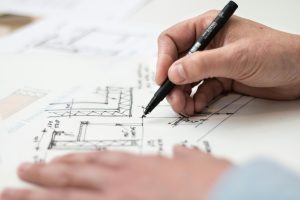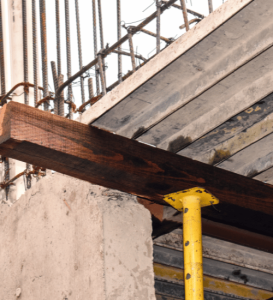What is FRP in Construction?
Fiber Reinforced Polymer (FRP) has become an increasingly popular material in the construction industry due to its high strength, lightweight nature, and resistance to corrosion. But what exactly is FRP, and why is it such a game changer for construction projects?
What is FRP?
FRP is a composite material made by combining a polymer matrix (such as epoxy, vinyl ester, or polyester) with a reinforcing fiber (like fiberglass, carbon, or aramid). The result is a material that offers superior structural performance compared to traditional materials like steel, wood, or concrete, particularly in harsh environments.
Advantages of FRP in Construction
-
Lightweight but Strong
FRP materials are much lighter than steel or concrete, which makes them easier to handle and install, reducing labor costs and time. Despite being lightweight, FRP is incredibly strong, often providing better strength-to-weight ratios than traditional materials. -
Corrosion Resistance
One of the standout benefits of FRP is its resistance to corrosion, particularly in environments exposed to moisture, chemicals, or salt. This makes FRP ideal for coastal construction, wastewater treatment plants, and other settings where corrosion can be a major issue. -
Low Maintenance
Because FRP doesn’t corrode or rust, it requires significantly less maintenance over time compared to materials like steel or wood, which can degrade when exposed to the elements. This translates to lower long-term costs for building owners. -
Design Flexibility
FRP can be molded into complex shapes and customized to meet specific project needs. Its versatility allows architects and engineers to use it for everything from reinforcing bridges to designing unique façade panels. -
Durability
FRP structures can last for decades with minimal deterioration, even in extreme environments. Its durability is one of the key reasons it’s becoming a material of choice in modern construction.
Common Applications of FRP in Construction
- Bridge Construction and Repair: FRP is used in both new bridge constructions and to retrofit or repair aging bridges, providing long-term, corrosion-resistant solutions.
- Marine Structures: Due to its resistance to saltwater, FRP is commonly used in docks, piers, and other marine-related structures.
- Roofing Systems: FRP is used in roof panels and reinforcements to reduce weight without sacrificing strength or durability.
- Building Reinforcements: FRP can be applied to existing concrete, masonry, and steel structures to increase their load-bearing capacities or to repair damage.
Why Choose FRP for Your Next Project?
At Broussard Home Services in Tacoma, WA, we stay up to date with the latest in construction technology and materials, ensuring we offer the most durable and cost-effective solutions for your project. Whether it’s a new build or a retrofit, FRP can provide strength, longevity, and value that surpass traditional building materials.
Contact us today to learn more about how FRP could be the right solution for your next construction project!





